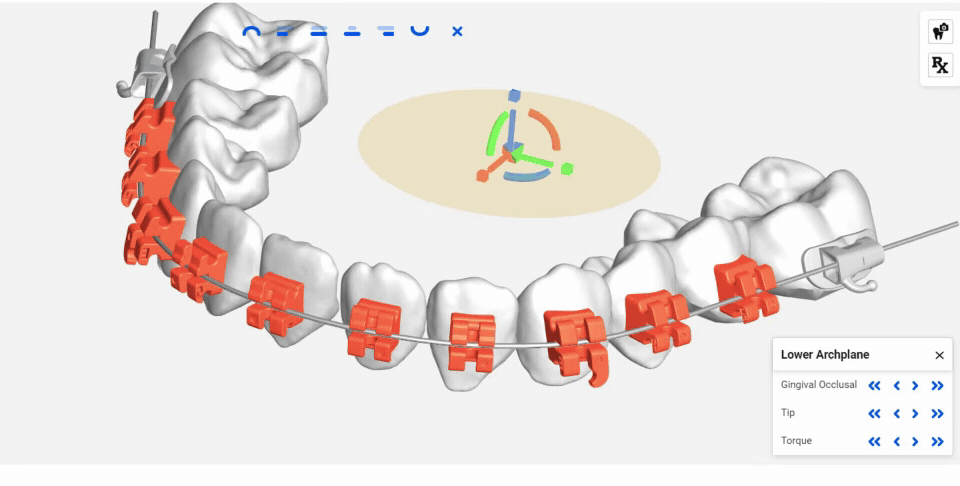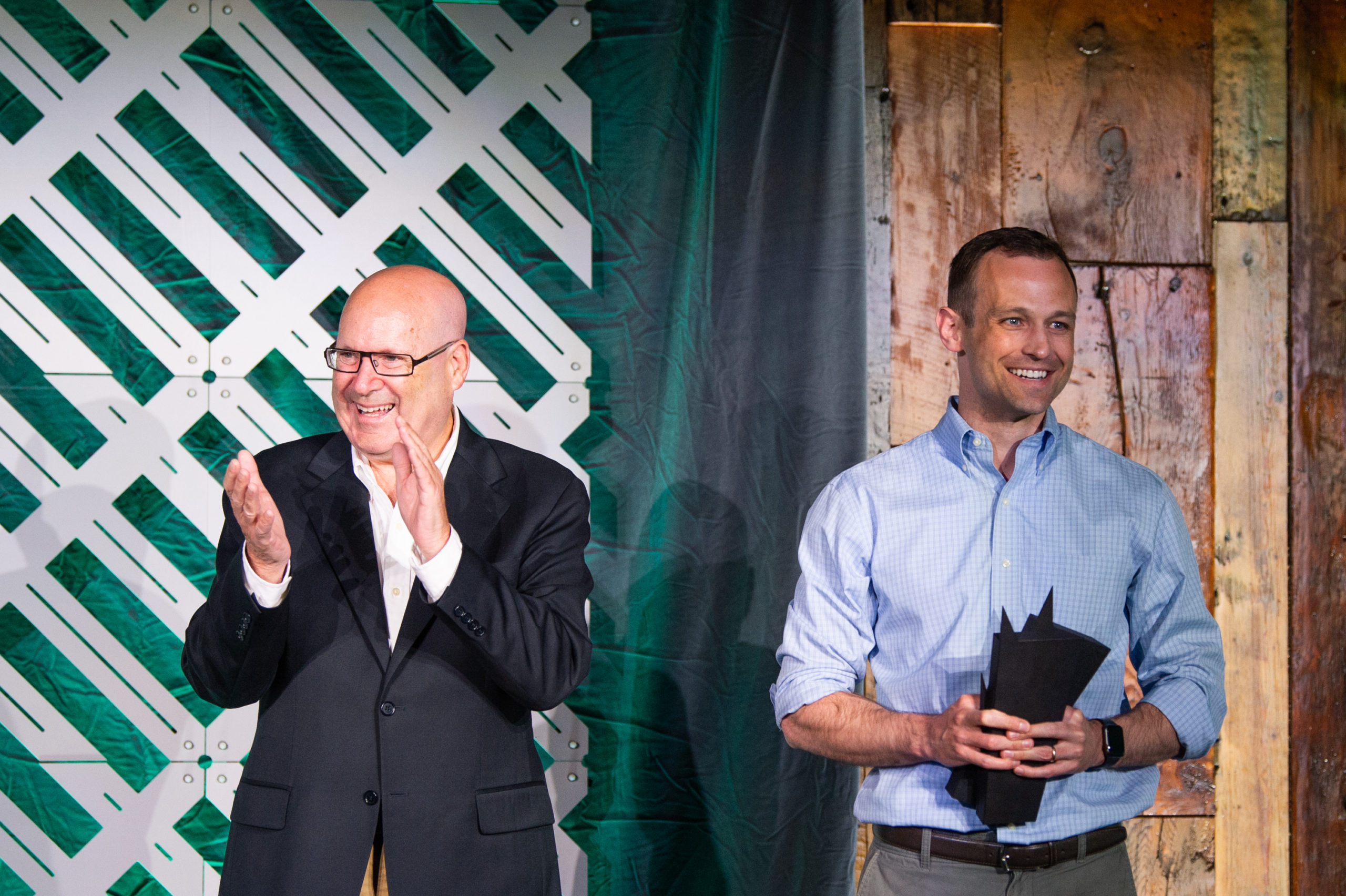Manufacturer of customized 3D printed bracket systems, LightForce Orthodontics, secured $50 million in a Series C funding round as it looks to scale operations and go-to-market efforts. The move will also help expand training and education to orthodontists to maximize the technology for their patients. Led by California-headquartered venture capital firm Kleiner Perkins, the round brings LightForce’s total equity funding to date to $70.6 million and boosts the Boston-based company’s valuation closer to $100 million, from an estimated $80 million in 2020.
Founded to provide fully customized treatment options for orthodontists and their patients, the six-year-old startup counts teens as one of its biggest markets, has recently developed a new line of translucent braces, and is described as “the second-wave of orthodontics digitization.” In addition, the company is creating mass-customized braces so practitioners can combine the digital benefits of aligner therapy with the tooth-moving efficiency and quality outcomes seen with traditional braces.

LightForce Orthodontics proprietary software detects any problems with the teeth. Image courtesy of LightForce Orthodontics.
According to data from Humana, about four million people in the United States alone have braces. Unfortunately, while demand is high, it has only minimally increased over the past five years, resulting in relatively stagnant revenues. In fact, Kleiner Perkins said that only 35% of adults have properly-aligned teeth, which means many more people need orthodontic treatment, but they just don’t want braces. This is basically because the overwhelming majority of orthodontic treatment cases (70%) still use mass-produced metal braces and an analog workflow created generations ago.
While 3D printed dental aligners, like those developed by the renowned Invisalign brand, are ideal for minor corrections, only dental braces offer corrective treatment for crowded and misaligned teeth or jaws. Until now, innovations haven’t kept pace with the evolving digital world, as many orthodontists still prescribe the same set of one-size-fits-all brackets to every patient, regardless of teeth shape, mouth or gum morphology, and dental layout. They usually just create a treatment plan based on what they can see, guided by their own experiences and training.
Instead, LightForce was founded to disrupt the orthodontic braces market and introduce a digital platform providing orthodontists with fully customized, 3D printed tooth-moving tools. One of the brand’s biggest differentiators is its ability to 3D print brackets that fit the unique tooth morphology of each patient. As a result, patients and doctors see shorter treatment times, fewer appointments, better outcomes, and an overall more efficient and comfortable experience.
In an industry where precision is key, 3D printing allows orthodontists to fine-tune each tooth movement down to a micron (one-thousandth of a millimeter), resulting in a balanced bite and tailored smile. What’s more, with treatment plans designed using proprietary software and combined with 3D printing technology, orthodontics can create precise and fully custom treatments. These qualities made direct-to-consumer aligners extremely popular worldwide; now, LightForce wants to generate the same demand for fixed dental appliances.
In the last year, LightForce has developed additional orthodontic advancements such as the Light Bracket, a line of translucent braces described as a more “aesthetic option” that blends in with the color of a patient’s teeth, reducing the visibility of the overall system. Following the development of this new product, the company posted a 500% revenue growth rate for 2020 and expanded its team year-over-year by 300%.
Commenting on the last financing round, LightForce CEO and co-founder Alfred Griffin III said the investment would foster the creation of more mass-customized braces and satisfy unmet needs in the teen market by complementing aligner cases and allowing orthodontists to take their practices fully digital.
“Without LightForce, patients today would likely be wearing the same sort of braces their parents did back when they were teenagers,” highlighted Griffin. “A patient’s teeth are all unique as snowflakes, and now orthodontists have the technology to account for that individualism in their treatment plan, just as they have with their aligner cases.”

LightForce Orthodontics co-founders Lou Shuman (left) and Alfred Griffin III (right). Image courtesy of LightForce Orthodontics.
The leading investor in this funding round, Kleiner Perkins, is quite familiar with the orthodontics universe, having financed the first digital revolution of orthodontics decades ago with Align Technology, the manufacturer of 3D digital scanners and the Invisalign clear aligners. As an early partner to the global medical device company, Kleiner Perkins saw how personalized treatment plans based on 3D scans of patients’ mouths could provide a customized solution that’s more comfortable for the patient while requiring less intervention by the orthodontist. Today, Kleiner Perkins sees in LightForce the second wave of orthodontics digitization.
At the outset, Griffin was leveraging 3D printing techniques to create clinically-acceptable, custom-printed brackets for braces—something that had never been successfully done at scale before. But when he joined forces with Lou Shuman, an early member of the Invisalign team, the duo founded LightForce and hired a team of biomechanics experts, hardware engineers, and software developers to drive the advancement in braces. The rest of the story is still being written, but just like in other industries, we expect LightForce to disrupt the braces sector and improve orthodontic care.
Subscribe to Our Email Newsletter
Stay up-to-date on all the latest news from the 3D printing industry and receive information and offers from third party vendors.
You May Also Like
3D Printing News Briefs, April 20, 2024: Manufacturing 4.0 Consortium, Blow Molding, & More
We’re starting with news about a manufacturing consortium in today’s 3D Printing News Briefs, as OPEN MIND Technologies has joined the Georgia Tech Manufacturing 4.0 Consortium. Moving on, industrial machining...
Meltio and Accufacture Unveil Robotic Metal 3D Printer Made in the US
Meltio has partnered with Michigan-based robotics firm Accufacture to introduce Alchemist 1, a robotic cell designed for wire-laser metal 3D printing made in the US. This new system represents a...
3D Printing News Briefs, April 13, 2024: Robotics, Orthotics, & Hypersonics
In 3D Printing News Briefs today, we’re focusing first on robotics, as Carnegie Mellon University’s new Robotics Innovation Center will house several community outreach programs, and Ugogo3D is now working...
Rail Giant Alstom Saves $15M with 3D Printing Automation Software 3D Spark
3D Spark has entered into a three-year deal with the rail giant Alstom. Alstom, a transport behemoth with annual revenues of $16 billion, specializes in the manufacture of trains, trams,...
































